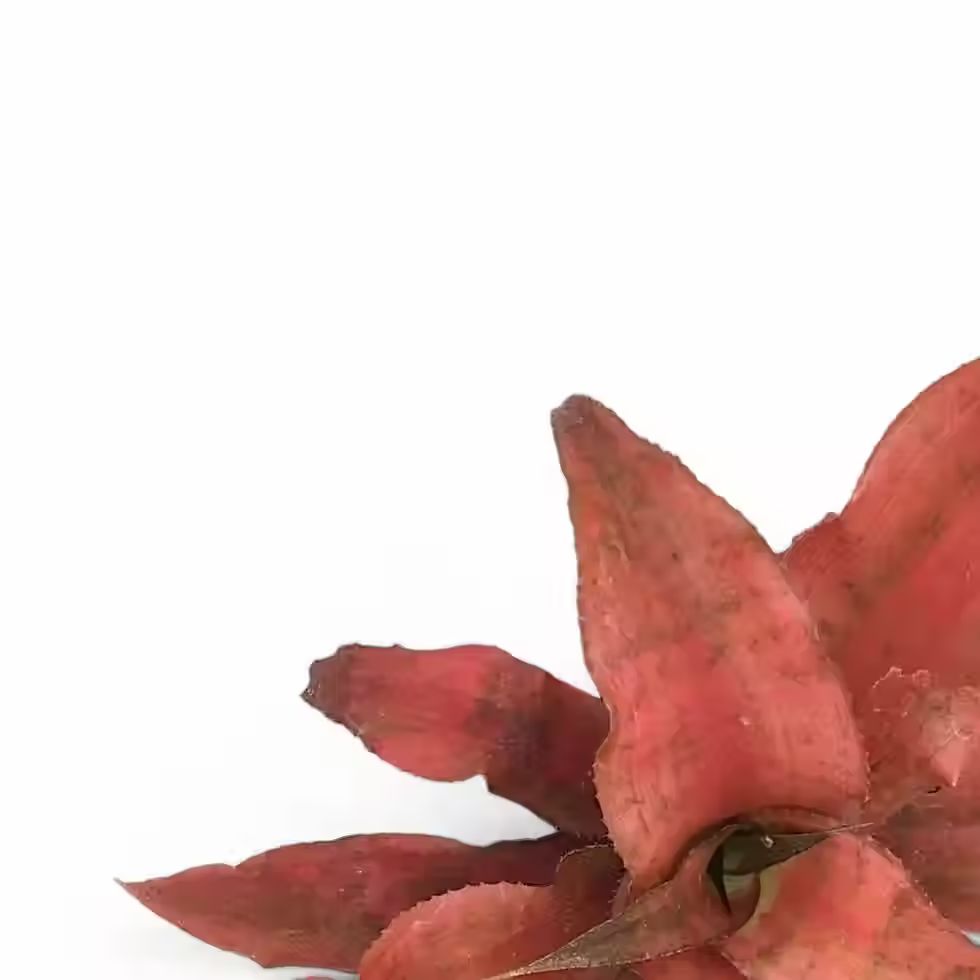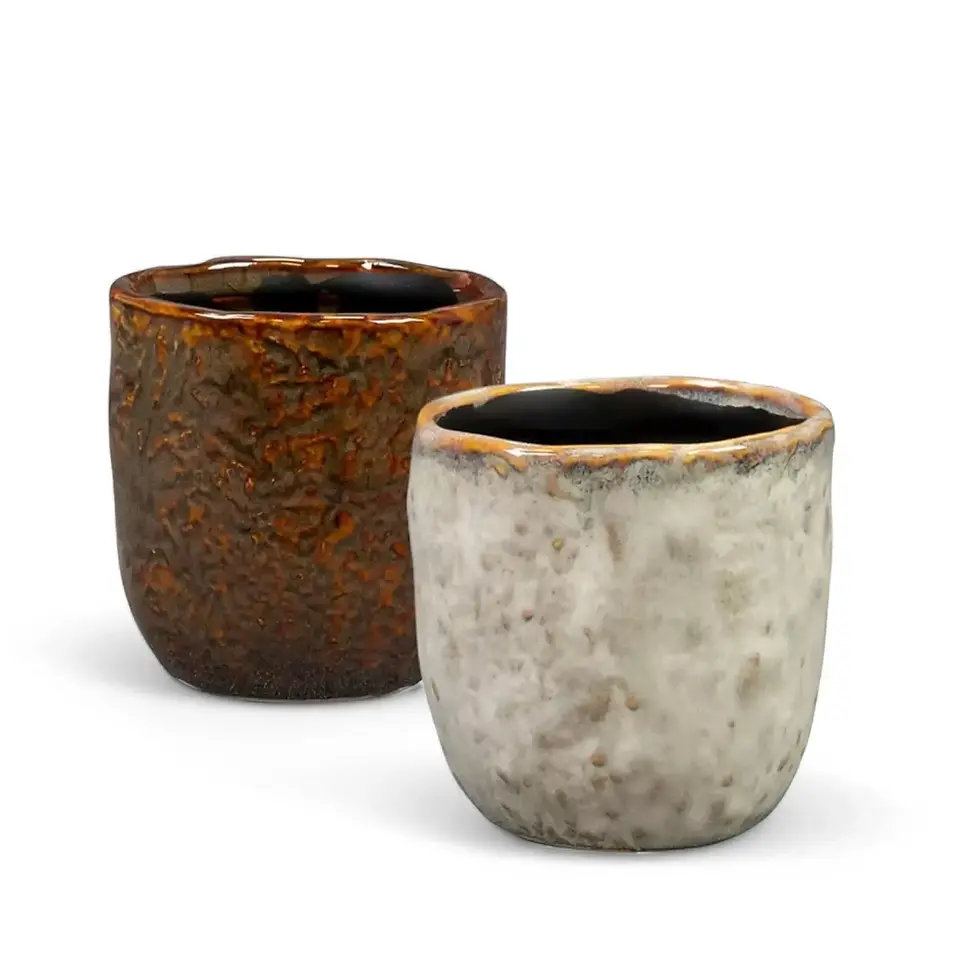Hoya pubicalyx - Care Guide and Information
Hoya pubicalyx, discovered in 1918 in the Tayabas province of Luzon island in the Philippines, is a stunning climbing plant from the Apocynaceae family. Its dark green leaves, speckled with silvery-white patterns, transition from a purplish-brown hue when young to a rich green, creating a dynamic and ever-changing appearance.
Key Features of Hoya pubicalyx
- Color Variations: Young stems start brown and turn green, influenced by light and nutrients.
- Adaptability: Thrives as a climbing or trailing plant, making it a great choice for trellises, moss poles, or hanging baskets.
- Charming Flowers: Produces star-shaped, fragrant flowers in shades ranging from pink to deep red, which intensify in color under bright light.
- Low-Maintenance: Highly resilient and drought-tolerant, making it an ideal houseplant for beginners and seasoned collectors alike.
Comprehensive Care Tips for Hoya pubicalyx
→ Light Requirements
- Prefers bright, indirect light but can tolerate lower light levels.
- Too much direct sunlight can scorch the leaves.
- For optimal flowering, place near a window with filtered sunlight.
→ Watering Routine
- Allow the top 2-3 cm of soil to dry before watering.
- Overwatering can lead to root rot; ensure proper drainage.
- Reduce watering frequency in cooler months.
→ Humidity and Temperature Preferences
- Thrives in moderate humidity but benefits from higher humidity levels.
- Ideal temperature range is 18-26°C.
- Keep away from cold drafts and temperature fluctuations.
→ Best Soil Mix
- Use a well-draining mix with orchid bark, perlite, and sphagnum moss.
- Ensures healthy root development and prevents waterlogging.
→ Fertilizing Tips
- Feed monthly with a balanced, water-soluble fertilizer at half strength.
- A high-phosphorus fertilizer encourages blooming.
- Avoid over-fertilizing, as it can lead to salt buildup.
→ Pruning Guide
- Prune lightly to maintain shape and encourage fuller growth.
- Remove any dead or leggy stems.
→ Support and Growth
- Can be grown as a climber with a trellis or moss pole.
- Also suitable for hanging pots, where its trailing vines create a beautiful cascading effect.
→ Repotting Schedule
- Repot every 2-3 years when roots outgrow the pot.
- Fresh soil ensures proper nutrient uptake and continued growth.
Common Issues and Solutions
→ Yellow Leaves
- Caused by overwatering or poor drainage.
- Allow the soil to dry out before watering again.
→ Brown Leaf Tips
- Often due to low humidity or excessive fertilization.
- Increase humidity and reduce fertilizer concentration.
→ Pests to Watch For
- Prone to spider mites, mealybugs, and aphids.
- Regularly check leaf undersides and treat infestations with insecticidal soap , neem oil, or use beneficial insects.
→ Root Rot
- Caused by excessive moisture and poor drainage.
- Trim affected roots and repot in fresh, well-draining soil.
→ Lack of Flowers
- Insufficient light is the main cause of non-blooming.
- Ensure bright, indirect light and use a high-phosphorus fertilizer.
Additional Tips for Hoya pubicalyx
- Best Placement: Near a bright window, avoiding harsh direct sunlight.
- Propagation: Easily propagated via stem cuttings in water or soil.
- Encouraging Blooms: Once mature, consistent light and proper feeding will promote flowering.
Frequently Asked Questions (FAQs)
→ How often should I water Hoya pubicalyx?
Water every 1-2 weeks, ensuring the soil dries between waterings.
→ Why isn’t my Hoya pubicalyx blooming?
Ensure it receives ample bright, indirect light and fertilize with phosphorus-rich feed.
→ Is Hoya pubicalyx toxic to pets?
It is considered non-toxic to humans and most pets but is best kept out of reach.
Order Hoya pubicalyx Today!
Bring home the beauty of Hoya pubicalyx and enjoy its stunning foliage, fragrant blooms, and easy-care nature. Order now while stocks last!
Hoya pubicalyx
Hoya pubicalyx is approximately 10 cm long and comes in a ⌀ 6 cm pot

























































